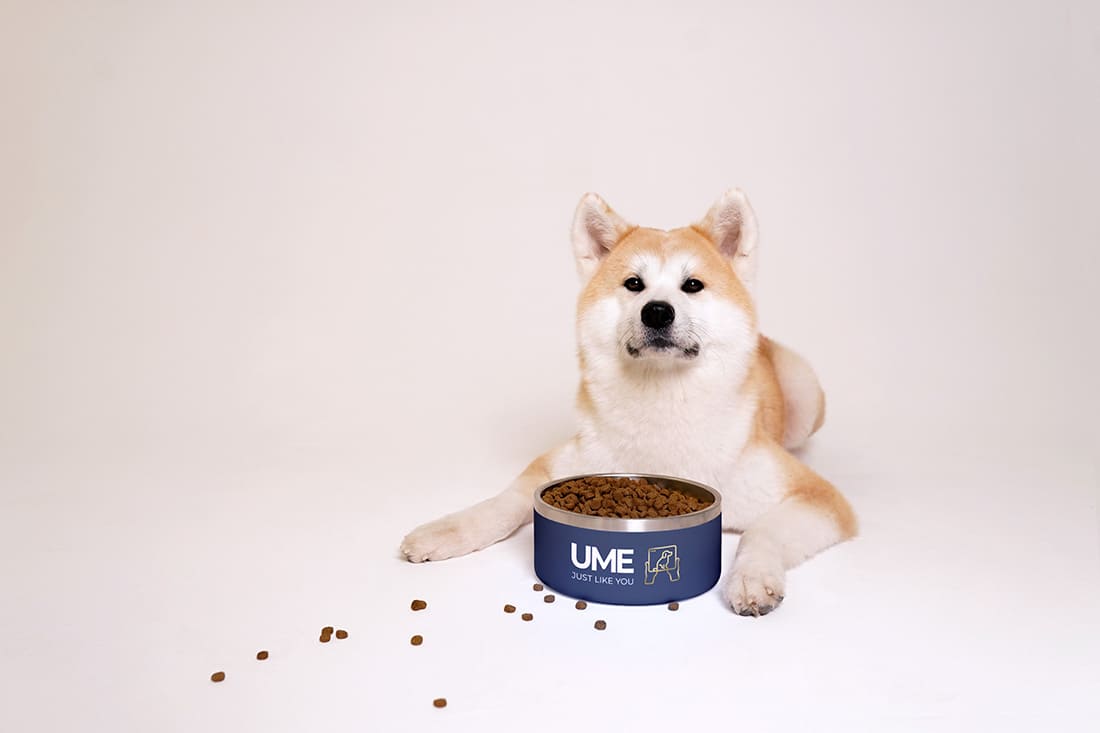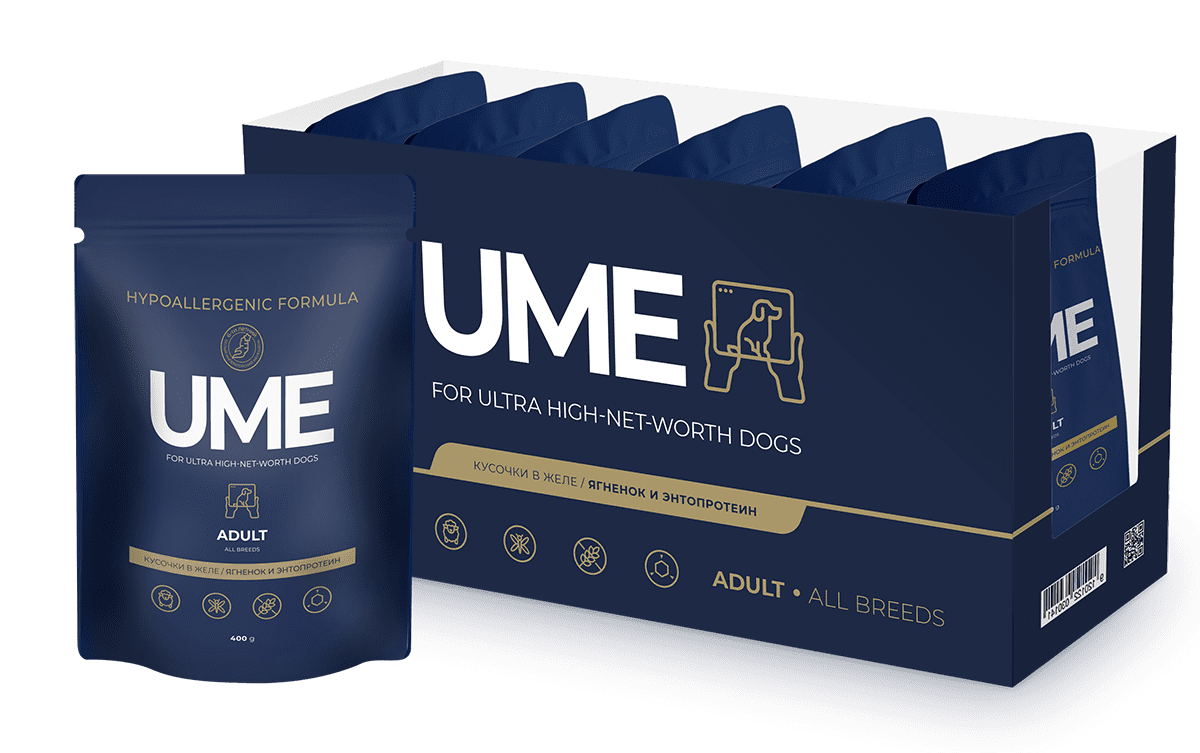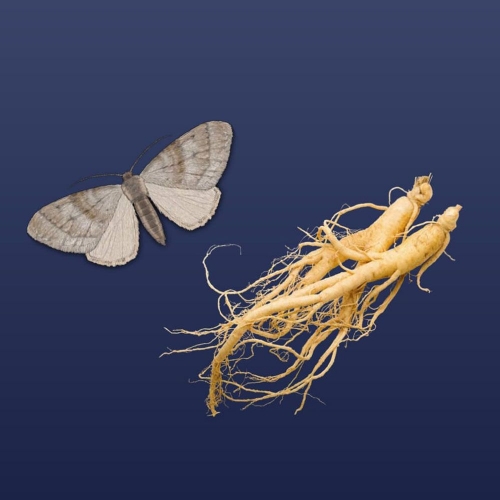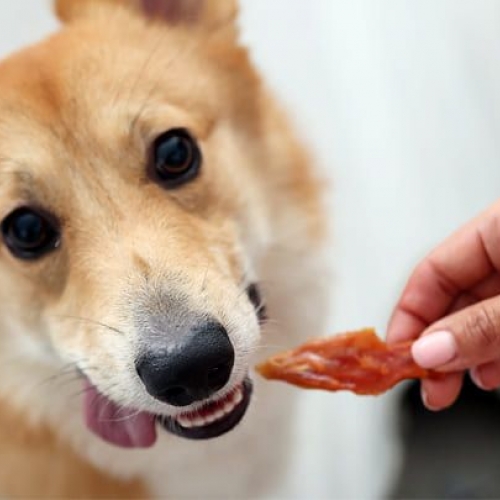How does an allergy manifest itself in animals?
A food allergy in animals is a manifestation of an increased sensitivity of the body to food proteins or other substances that enter the body. Their immune system perceives them as foreign objects and, as a result, produces antibodies against them. These antibodies trigger a series of allergic manifestations - from diarrhea and vomiting to pruritus, dermatitis, skin rashes, hair loss, conjunctivitis, and mucosal edema. If the ingestion of a certain protein causes an immune reaction, then with every new ingestion of this protein, this reaction will become stronger.
It is important to distinguish between food allergies and food intolerances. If your pet has an intolerance to a certain type of food, such as one containing lactose, it means that its body lacks the enzyme needed for the proper digestion of such a food. As a result, gastrointestinal problems such as vomiting or diarrhea may occur.
What causes an allergy?

There are two types of allergies in dogs and cats: immune-mediated and non-immune-mediated. The immune system may react abnormally to proteins in the food: for example, a dog may be allergic to beef, fish, or milk protein. Both types usually exhibit the same set of symptoms.
Food allergies can be caused by too many substances in the diet - both ones that are familiar to the body and new ones. Sometimes intolerance to certain foods persists in an animal for its entire life and can be complicated by other reactions and allergic conditions that are not related to nutrition.
Common allergens in dog food
According to researchers at Tufts University, the most common foods that cause an allergic reaction in dogs are animal proteins, which include chicken, beef, dairy and eggs. Lamb, pork and fish can also cause an allergic reaction, but much less often. Allergies to wheat and corn are much rarer than you might imagine (although some dogs are allergic to these foods). Allergies to other grains, such as oats or rice, are very rare.
Experts include fruits of exotic origin, oatmeal, brewer's yeast, artificial colors, and flavoring in the list of the most dangerous products that are part of dry food. If the package contains the name of at least one of these components, the purchase of such feed should be excluded.
Procedure upon diagnosing an allergy

The diagnosis of the cause is made by a veterinarian, since allergic reactions can manifest themselves both immediately after eating a provocative product, and delayed, when allergens accumulate in the body and lead to symptoms similar to other diseases.
After establishing the cause of the hypersensitivity reaction, the veterinarian prescribes drug therapy and draws up a diet plan for the animal.
The first step is to prescribe dietary foods based on mono- or hydrolysed proteins, or prescribe easily digestible foods. Feeds whose protein composition differs from the usual diet of the animal are prescribed. For example, feeds with fish protein, eggs, or feeds containing only rabbit or duck meat, which the animal has never consumed. Or feeds that contain split proteins that do not cause an immune response may also be prescribed.
Hypoallergenic food is food that is suitable for dogs with allergies to any product. At the same time, the composition of such feeds is balanced in such a way as to provide the dog with a full daily diet, and also contains a vitamin and mineral complex. Hypoallergenic foods undergo a lot of clinical research before they go on the market.
For maximum effectiveness, before prescribing a therapeutic diet, it is important to remember all the foods, treats and supplements that were previously given to the pet. It is important to avoid any flavored medications, including those in gelatin capsules, as gelatin can also cause adverse reactions in animals.
Then, following a couple of weeks, a provocation is made and the animal is given the food it was fed before the diet, and the reaction is observed. If the allergic reaction to the introduction of the previous diet has returned, then the diagnosis of "food allergy" is considered confirmed and the animal is transferred to another type of meat protein or left on a veterinary hypoallergenic feed. Professional veterinary diets help to facilitate the well-being of animals during the treatment period, as well as to make control convenient for the owner and the doctor.




